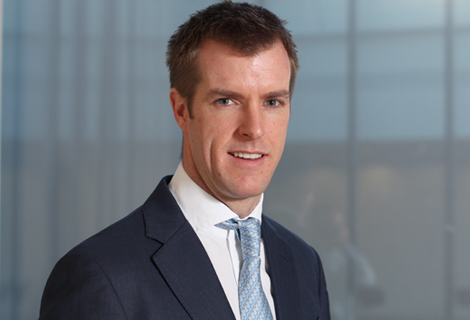In the US, in the short term, a strong dollar is positive for interest rates markets given low commodity prices, low inflation, and the falling cost of imports. However, the strong dollar may be undermining price insensitive buyers of government bonds as currency reserve growth slows. We have long argued that there are now fewer long-term buyers of US bonds.
Credit markets: fundamental analysis required
As the dollar rises, corporate earnings in the US could come under pressure. However, a strong dollar also means oil (priced in dollars) becomes cheaper and corporates should benefit from the stronger economy. Obviously, some sectors, such as energy, will suffer from the lower oil price. However, others, including retail, autos and industrials, will benefit from better demand and cheaper input costs.
In EM, a strong dollar should benefit corporations that sell products in dollars but pay costs, such as wages and rents, in local currency. However, regional exchange rate differences versus local competitors, such as Japan versus Asia, are a more important driver for these companies. Given the scale of EM credit growth in recent years, with many borrowing in US dollars, the true scale of dollar-denominated emerging market debt exposure is difficult to gauge. This necessitates greater discrimination as issuers with US dollar liabilities may find it harder to service their debt from local currency revenues if the dollar continues to strengthen.
Currency markets: prepare for volatility
So far the moves in currency (FX) markets, while large, have been relatively orderly. However, as we move further into Phase 3 with forced unwinding of carry trades to reduce risk and the potential for devaluations, events may become more disorderly and FX volatility rise.
Conclusion: risks and opportunities
With economic divergence fading as a driver of US dollar strength, the combination of central bank policy divergence, less currency reserve growth, and the unwinding of carry trades should continue to propel the US dollar higher. However, we expect the dollar’s trajectory to be more volatile going forward; while the majority of the dollar’s recent rise has been at the expense of the euro and the yen, the next phase may see Asia moving into the firing line. The third phase of the dollar’s strength may begin in earnest later this year, with the start of a US hiking cycle a possible catalyst. The environment this will create is certain to be a challenging one but as volatility rises it will also throw up opportunities for investors willing to examine the risks more closely.
James McAlevey is Portfolio Manager of Henderson Horizon Total Return Bond.
Past performance is not a guide to future performance. The value of an investment and the income from it can fall as well as rise and you may not get back the amount originally invested.


